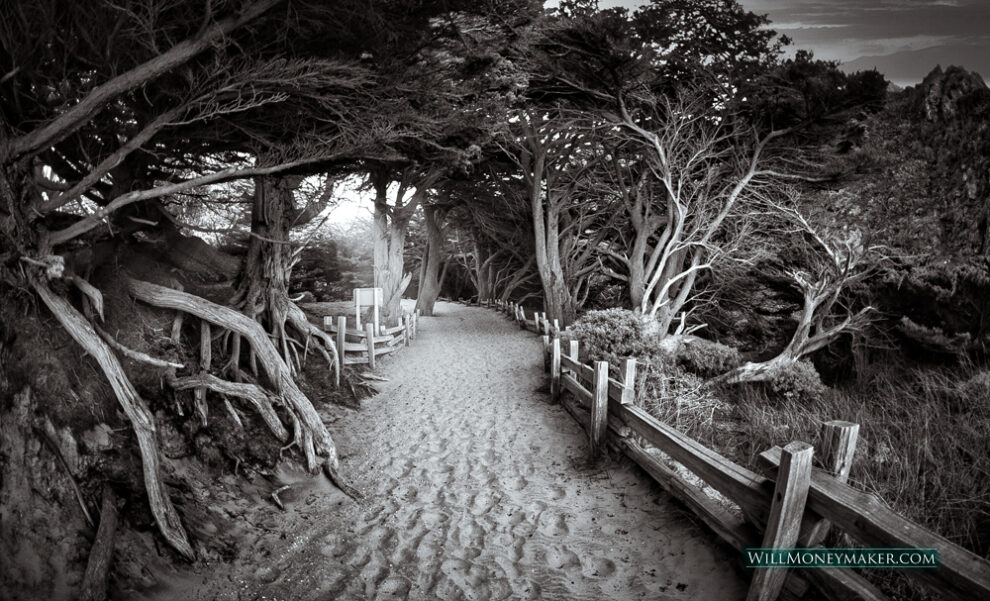There’s a strange thing that happens in the lifecycle of an image. They all start the same way: A digital negative on our memory cards. From there, most of us put them through a process. We load all of our digital negatives onto our computers. We back them up on our cloud drives. We open up Lightroom and analyze each for potential.
In these early stages, I think that most of us don’t really consider these digital negatives to be art. Not yet, no matter how good they may be. We probably look at the standouts among these collections and think that this image or that image has the potential to become art—but that’s really what it boils down to. It is potential. It’s not art until we’ve worked with it, refined it, post processed it, through about it critically, and turned it into something more than what it was.
What this means is that for most of us, an image becomes art somewhere during the post processing process. And I think that’s an important thing to consider. Maybe we don’t need to identify exactly when we cross that line from potential to art, but perhaps it is important to have a vague sense of where in our process images go from something with potential to something with value.
It’s important for us to make this distinction, I think, because one of two things happens along the route between potential and art. Either we overlook potential that could be there hiding among all those rejected digital negatives, or we spend so much time with those that we initially thought had potential that we become invested in them—and then we perhaps see value that either isn’t there or isn’t as strong as we’ve convinced ourselves it ought to be.
I think it’s the time part of the equation that is important here. Post processing is more than refining and finishing an image. It can also be a process of discovery. Perhaps it is worthwhile to spend a little bit of time post processing some of these digital negatives that we didn’t think had as much potential. Doing so gives us the chance to spend a little bit of time with them and to think about them critically.
The big question is, how far does it go? Again, time is part of the equation. It isn’t unlimited, and I would think most all of us wish for more time than we have. That is probably the biggest reason why we skip over images that don’t grab us with an immediate sense of potential—because there simply isn’t time to refine each of the hundreds of thousands of images that we create.
Ultimately, the choice is up to the individual. Spend five minutes processing one of these images, or devote a weekend to working with several of them. That’s an answer you’ll have to decide for yourself. However much time you have to give it, though, don’t discount the possibility that there are hidden gems among your digital negatives that remain overlooked simply because you haven’t had a chance to spend a little time with them.





